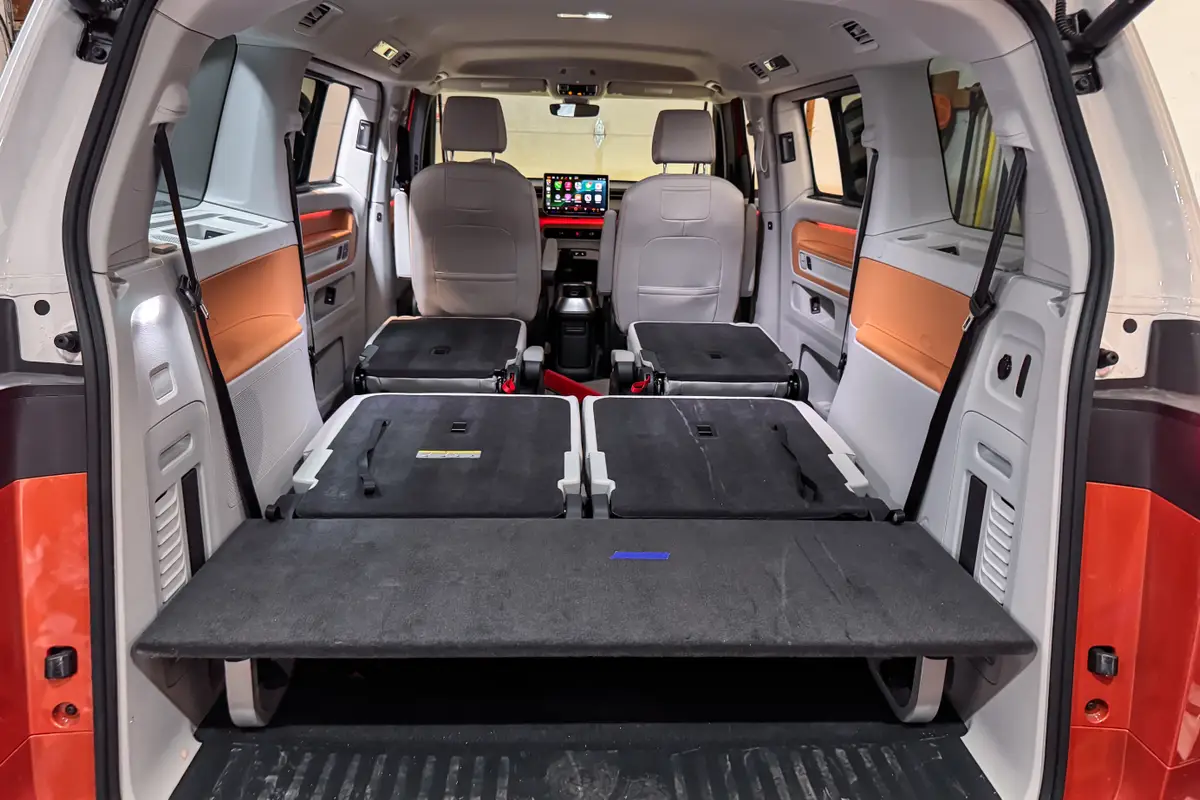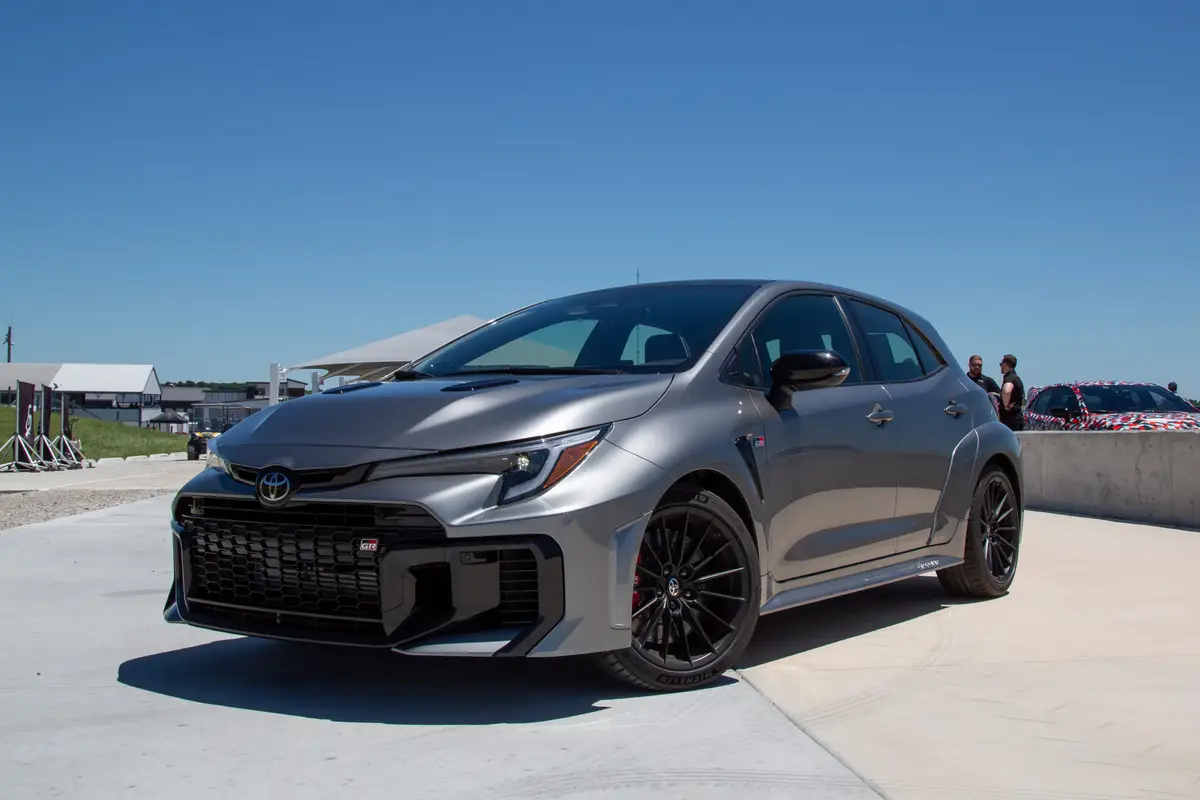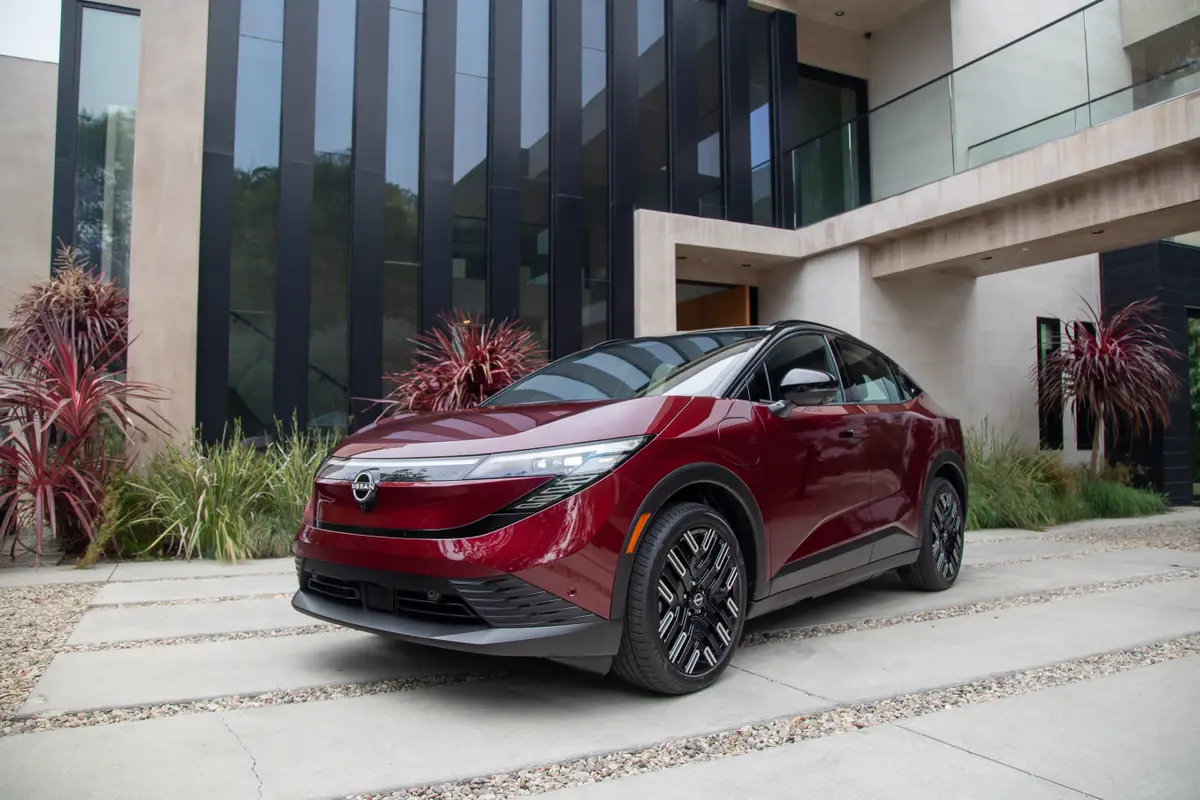2020 Jeep Wrangler EcoDiesel: Real-World Fuel Economy

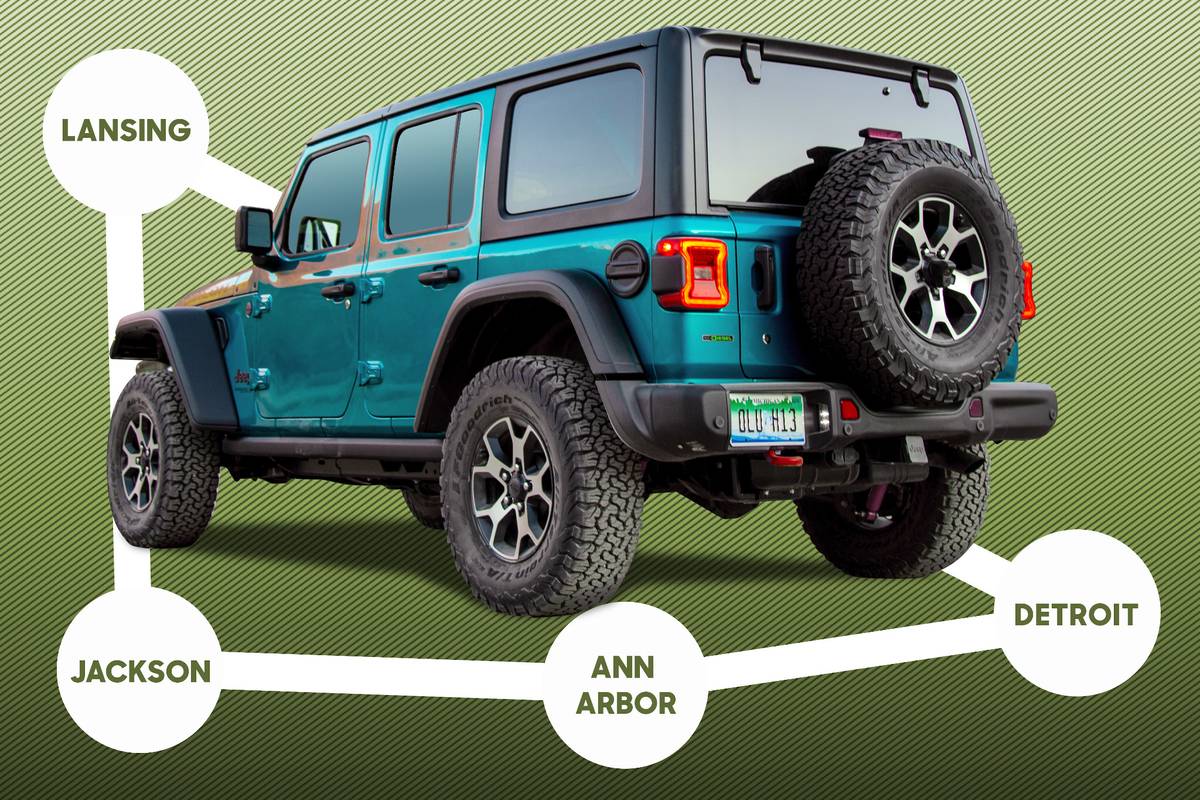
American Jeep enthusiasts have dreamt for decades of being able to buy a torquey, efficient diesel engine in their favorite off-roader, the Jeep Wrangler. And for 2020 model year, Jeep has made the turbocharged 3.0-liter EcoDiesel V-6 available in the four-door Wrangler Unlimited models.
Related: 2020 Jeep Wrangler EcoDiesel Review: Efficiency You Can Feel (and Hear)
The new EcoDiesel is about 400 pounds heavier than Wranglers with the turbocharged four-cylinder or 3.6-liter V-6, but Jeep maintains it’s still going to be the fuel economy champ. What’s the EPA say about this? Well, nothing, yet. As of this writing (early December 2019), the EPA hasn’t released certification for the EcoDiesel powertrains. We got our hands on a new 2020 Jeep Wrangler Rubicon with the EcoDiesel engine and decided to see just what it would do.
I used my southeast Michigan fuel economy loop, roughly 200 miles of mixed suburban and highway driving, on a chilly but dry late November day. As always, climate control was on, windows were up, tires were inflated to the proper pressure and I stuck to within 5 mph of the speed limit, accelerating normally and calmly braking the same way. The results were interesting: Over the first 50 miles, which are all urban and suburban stop-and-go driving at speeds under 50 mph, the computer showed 28 mpg. Add in the additional 156 miles of highway speeds, and the overall observed fuel economy rang in at 25.5 mpg, according to the Jeep’s computer. According to my records, the Jeep consumed 8.4 gallons of diesel fuel over 206 miles, giving it a calculated observed 24.5 mpg. That’s 2.5 mpg better than the highway EPA ratings for either of the other engines. The Wrangler Unlimited’s V-6 gasoline engine is rated at a max 18/22/20 mpg city/highway/combined and 21/22/21 mpg for the turbo four. Those are with the eight-speed automatic transmission; you can’t get the manual transmission with the new EcoDiesel.
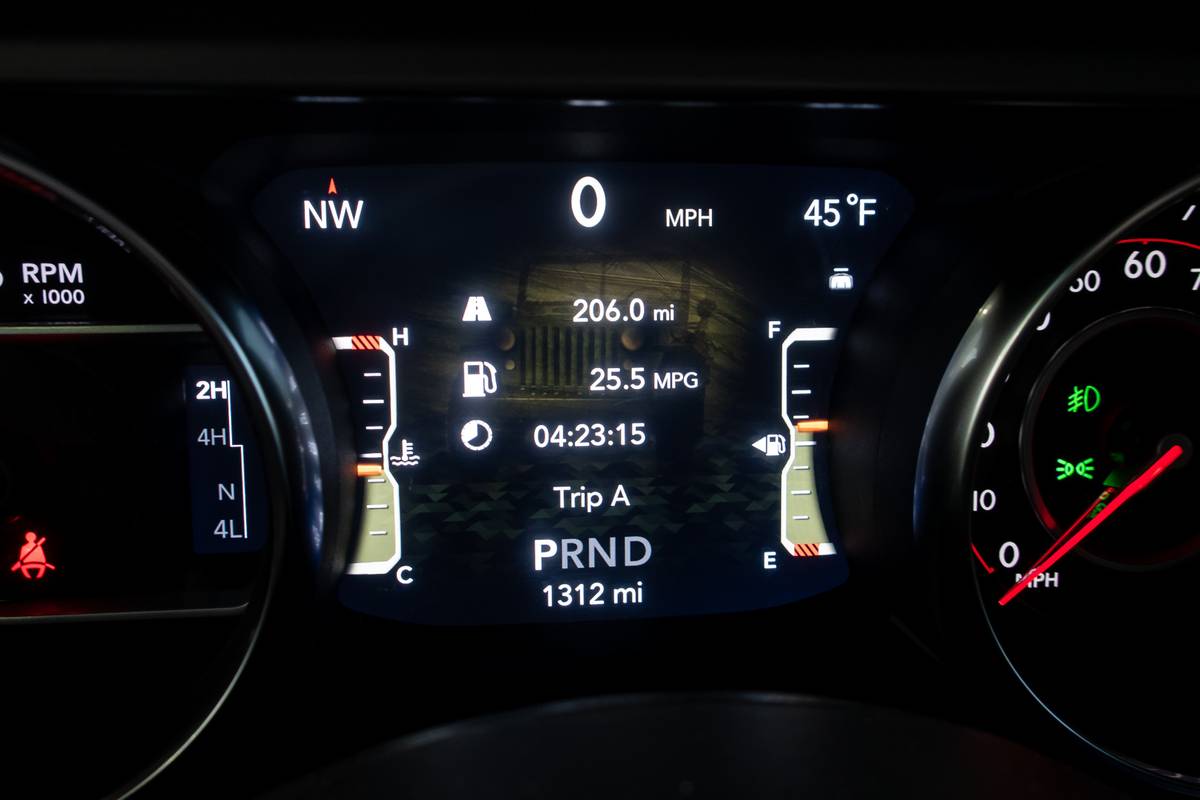
But beyond the efficiency, the drivability of this powertrain is fantastic. The 260-horsepower, 442 pounds-feet-of-torque diesel V-6 has the least amount of horsepower but by far the most torque you can get in a Wrangler. The 3.6-liter V-6 makes 260 pounds-feet and 2.0-liter turbocharged four-cylinder hits 295 pounds-feet. Our first drive of the new Wrangler EcoDiesel showed it to be an amazing off-roader with no penalty to its performance with the new diesel engine, thanks to amazing throttle mapping of the diesel engine in low range.
It doesn’t have the quietness we’ve seen in Ram or Grand Cherokee EcoDiesel variants, but nothing about a Wrangler is quiet, and some of us love that diesel growl. It does have the exceptional low-end torque that those vehicles exhibit, and it moves off the line and effects passing maneuvers with confidence and authority — its extra 400 pounds of diesel-engine weight don’t noticeably affect its acceleration.
Does It Save You Money?
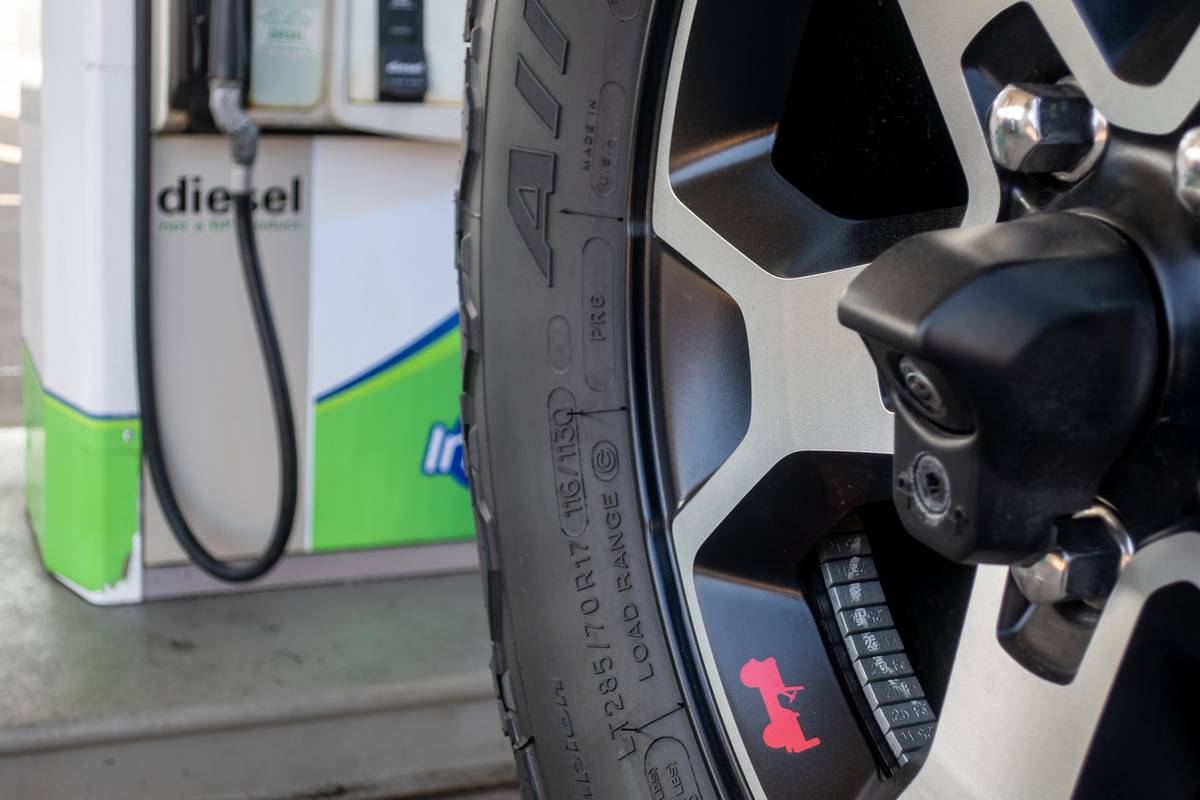
Stepping up to the diesel is a $4,000 option over the V-6, but also requires $2,000 for the automatic. So the price difference from the standard V-6, manual trans is $6,000, $3,250 from the V-6 automatic or $4,500 from the turbo four-cylinder automatic.
Given that the average national price of diesel is currently $3.007 a gallon and the price of regular unleaded gasoline is $2.590 a gallon, is the price of the diesel powertrain worth it if you’re just going for efficiency? If you drive the average of 15,000 miles a year, what does this mean for your fuel expenditure? For the standard V-6 at 20 mpg combined, you’re looking at spending about $1,942 on fuel per year. If you get the four-cylinder, you’ll be spending about $1,850 on gas (provided you use regular; Jeep suggests premium fuel for maximum performance), plus you saved $1,250 by getting this less-expensive powertrain. And if you get the diesel engine and average the same fuel economy we did, you’re looking at $1,841 per year to go the same distance, but after spending another $3,250 on top of the V-6 or $4,500 from the four-cylinder.
Yep, due to the cost difference between diesel and gasoline, the annual fuel economy benefit to get the diesel engine over the turbo gas four-cylinder is just $9 per year, based on our testing results at the average distances people drive annually. You’ll save about $100 a year over the V-6, but that means it’ll take you 33 years of ownership to see any overall cost benefit due to the extra price of the diesel powertrain (that grows to 500 years for the four-cylinder). And this also doesn’t take into account the added fuel cost for diesel exhaust fluid, which must be periodically added depending on how much you drive.
So clearly, the reason to get the EcoDiesel powertrain is not its efficiency. You’re not likely to see a dime of positive cost savings by getting the optional powertrain, even if you drove twice the annual average distance. The more frugal option is the less-expensive turbo, with its decent efficiency and lower cost of entry.
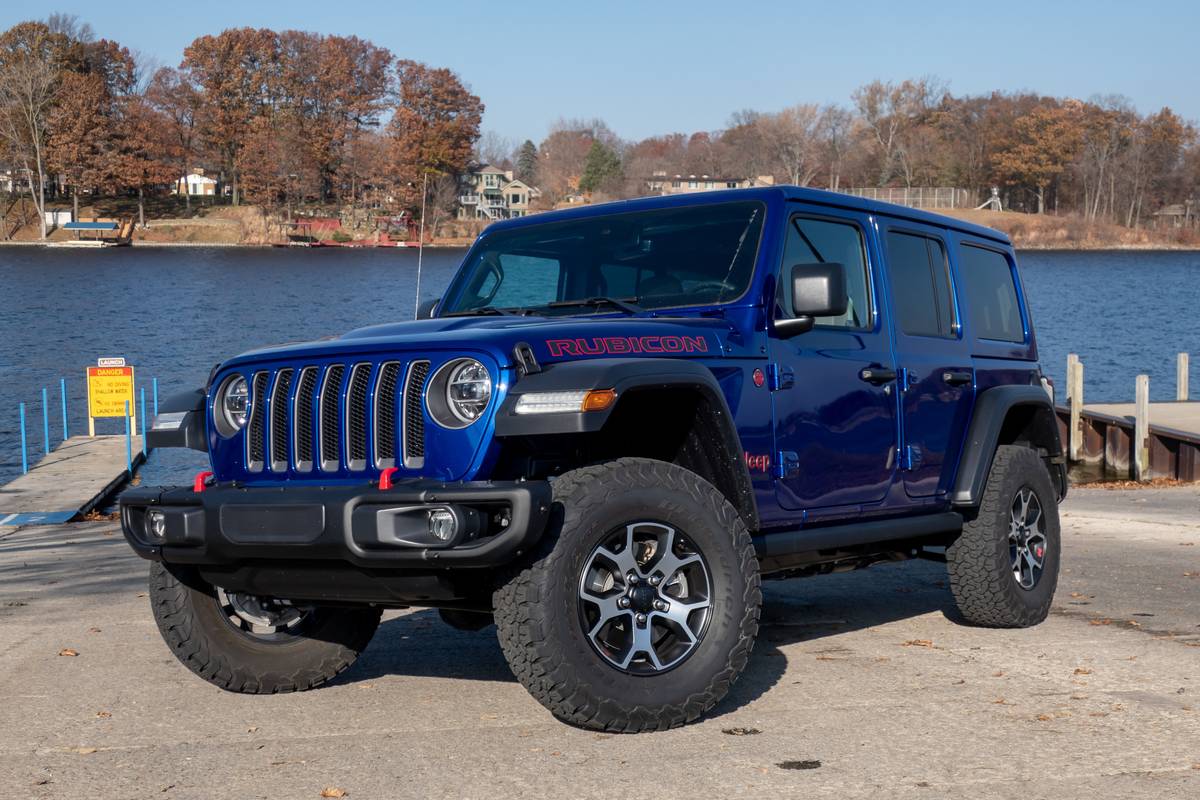
No, the real reason to get the EcoDiesel is for all that torque, nearly 147 pounds-feet more than you can get in the four-cylinder or 182 pounds-feet more than the standard V-6. That’s nothing to sniff at, but it doesn’t exactly turn the Wrangler into a towing machine — the tow ratings still top out at 3,500 pounds for the Wrangler Unlimited, but we’ll wager it’s a lot easier to drag something off the bumper with the EcoDiesel model than any of the others. All that torque also does help with off-roading, thanks to the Wrangler’s gearing and the super-low point in the rev range where the EcoDiesel makes its peak torque ratings. That’s enough to get you up and over just about anything even easier than the Wrangler could before.
What we’re really keen to try is a Jeep Gladiator pickup truck with this EcoDiesel engine and its much greater 7,650-pound towing capacity. Given how well the EcoDiesel engine already tows in a Ram 1500, we’d wager that it’ll do easily as well in the Jeep pickup.
More From Cars.com:
- 2020 Ram 1500 EcoDiesel First Drive: Refined, Strong … and Efficient?
- Jeep, Ram Diesel Emissions Scandal: What Owners Need to Know
- All the Pickup Truck News: 2021 Chevy Colorado, Ram EcoDiesel MPG, Dirt on the 2020 Tacoma and More
- Ford Bronco Bustin’ Outta the Corral at Last
- 2019 Jeep Grand Cherokee Review: Good Old Dog Running Out of Tricks
Cars.com’s Editorial department is your source for automotive news and reviews. In line with Cars.com’s long-standing ethics policy, editors and reviewers don’t accept gifts or free trips from automakers. The Editorial department is independent of Cars.com’s advertising, sales and sponsored content departments.

Detroit Bureau Chief Aaron Bragman has had over 25 years of experience in the auto industry as a journalist, analyst, purchasing agent and program manager. Bragman grew up around his father’s classic Triumph sports cars (which were all sold and gone when he turned 16, much to his frustration) and comes from a Detroit family where cars put food on tables as much as smiles on faces. Today, he’s a member of the Automotive Press Association and the Midwest Automotive Media Association. His pronouns are he/him, but his adjectives are fat/sassy.
Featured stories
